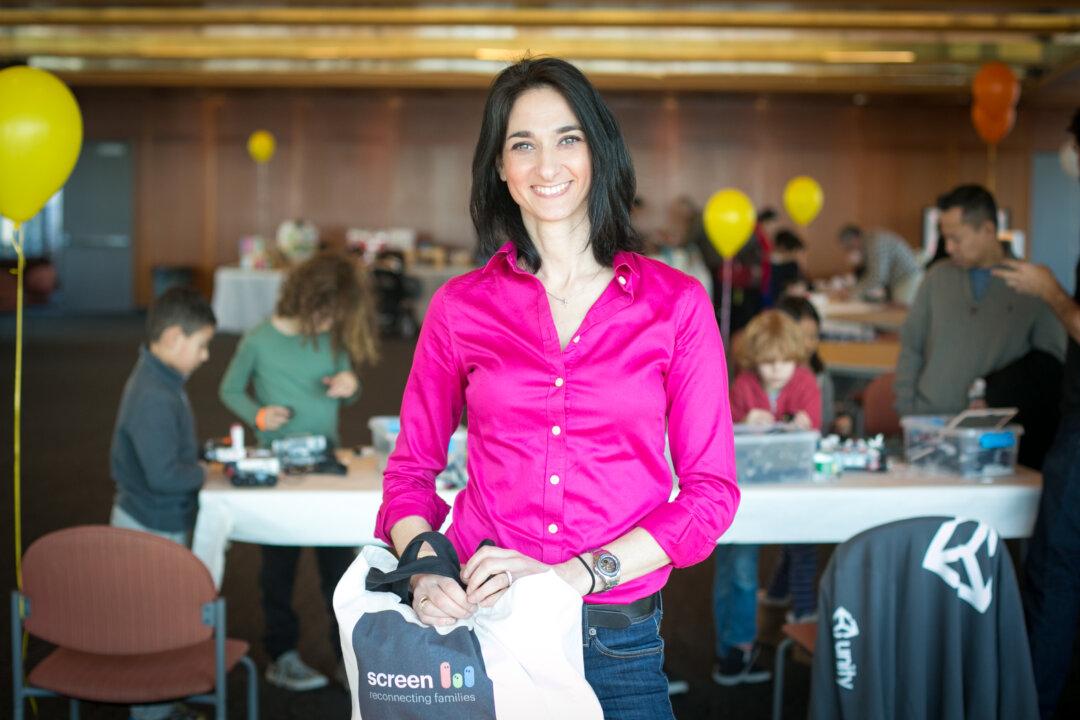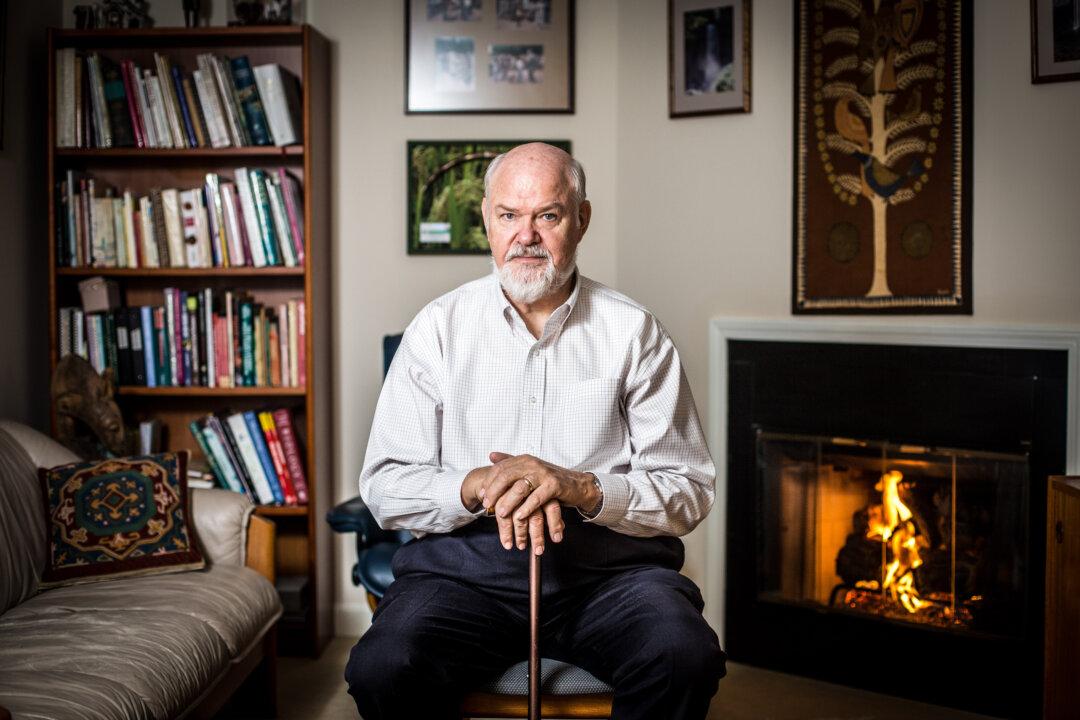Tali Orad, 39, never thought she would start her own company. It was motherly instinct that motivated her to find a solution to her biggest challenge: getting her children to turn off their devices once in awhile.
She was fed up with beeping at dinnertime and staring at the “top of their heads.” And she didn’t want to have to fight with them to do their homework. “Sometimes I just want to have a conversation with them,” she said in a recent telephone interview.
Her invention, Screen, is a groundbreaking technology that allows parents to manage all devices in the home from an app on their phones. That means powering down smartphones, iPads, Kindles, iPhones, androids, PCs, Xbox, PlayStation, Roku, Chromecast, Kano (a computer and coding kit for children), Apple TV, and TVs—anytime, and from anywhere mom or dad chooses.





